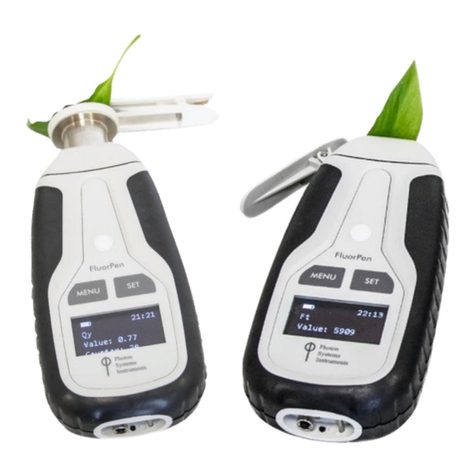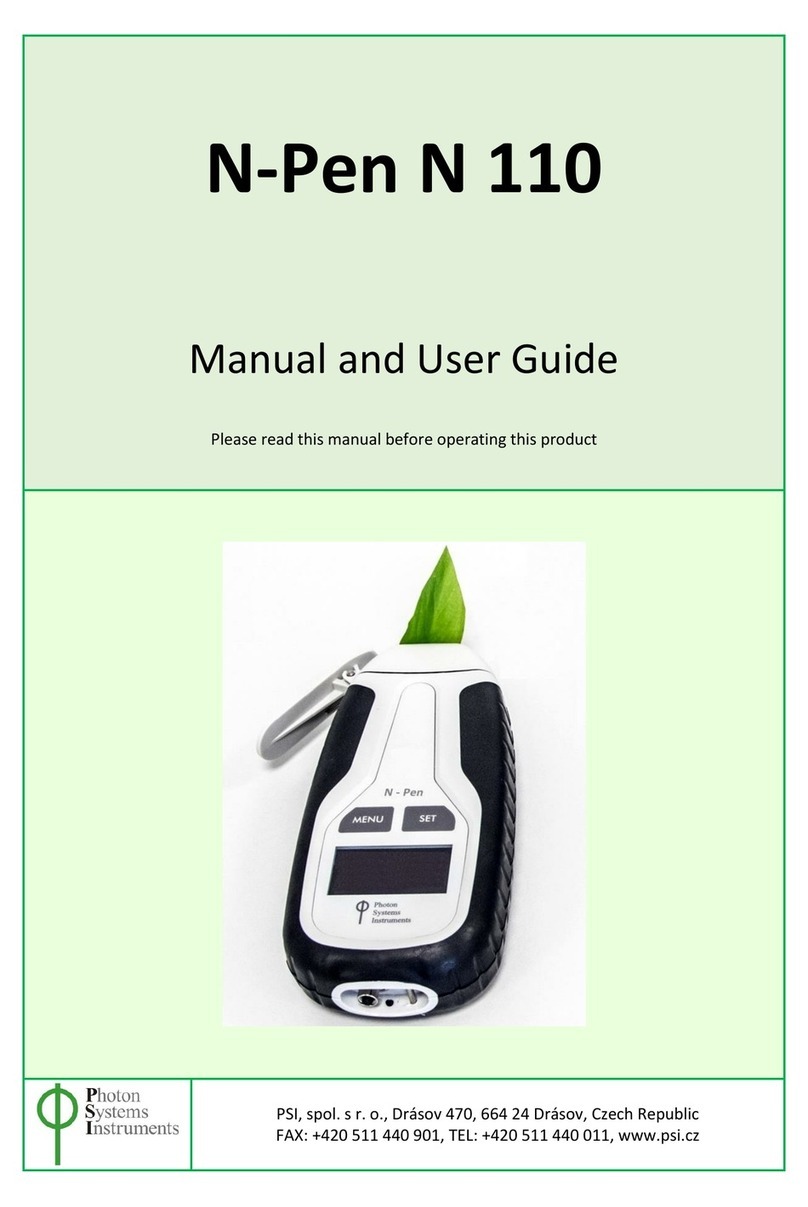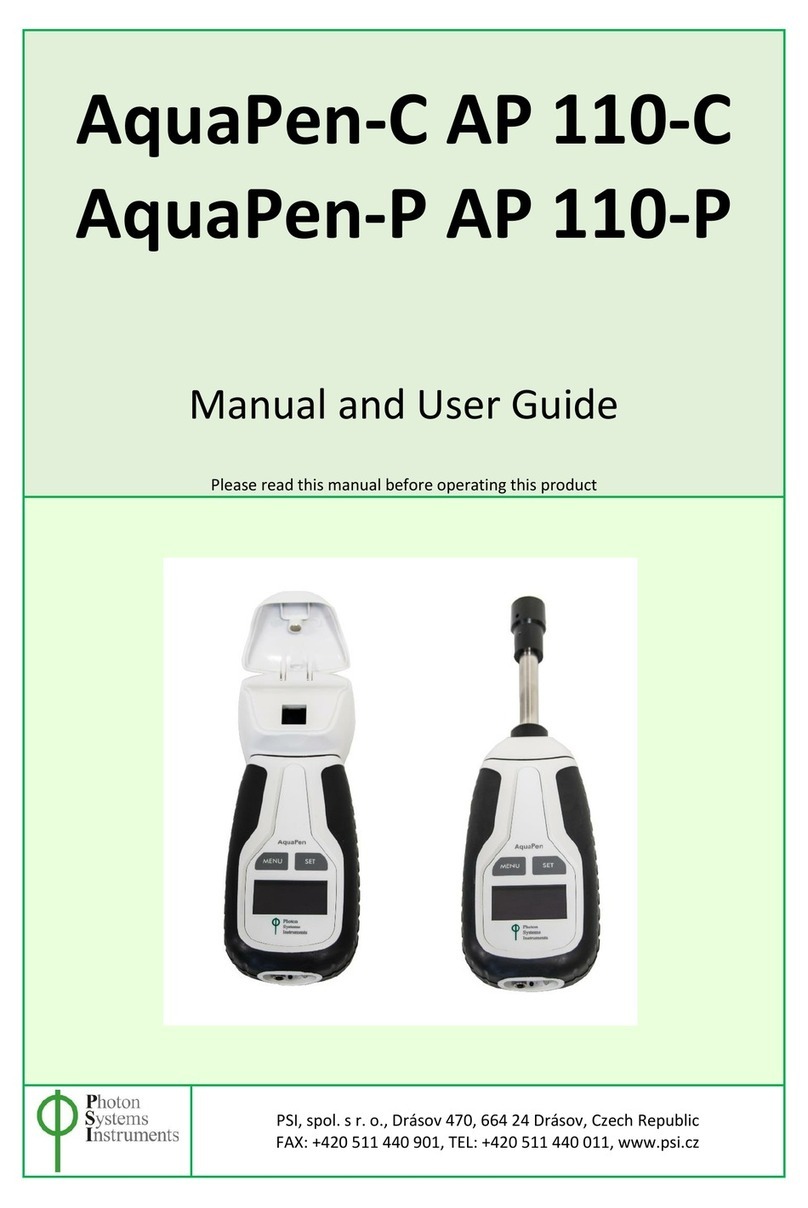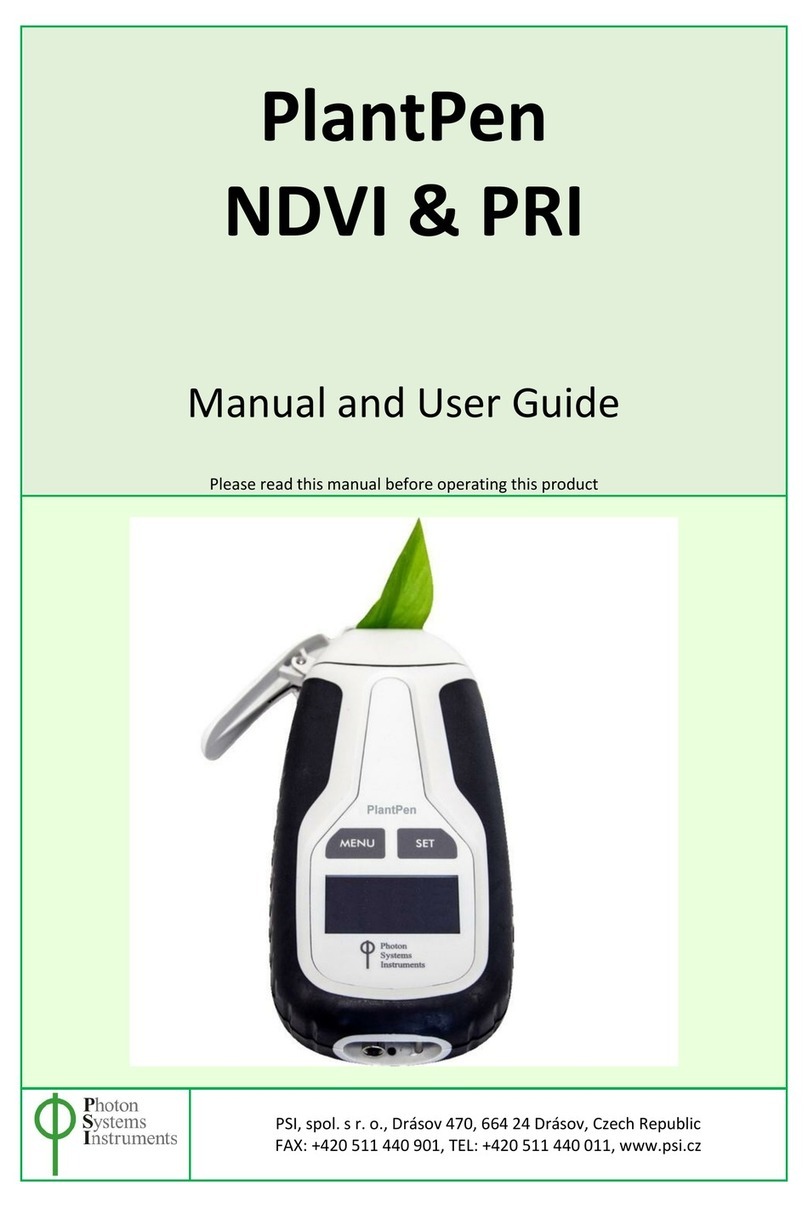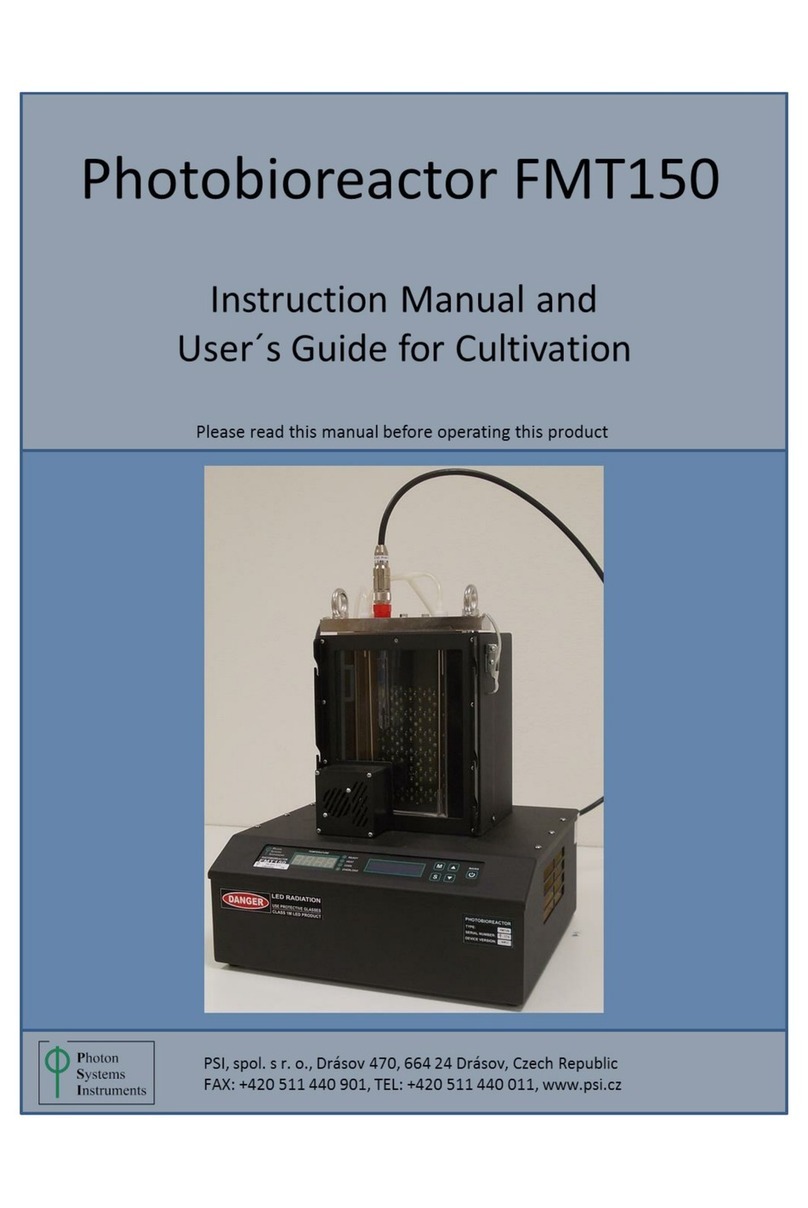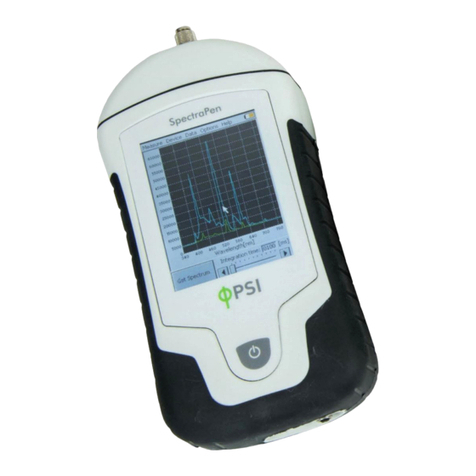Page | 3
TABLE OF CONTENT
1Information before using AquaPen device........................................................................................................ 5
2General Description ......................................................................................................................................... 6
2.1 Technical Specification..............................................................................................................................................7
3Device Description ........................................................................................................................................... 9
3.1 List of equipment and customer information..........................................................................................................10
3.2 Care and maintenance............................................................................................................................................10
4Principle of measurement.............................................................................................................................. 11
5Getting started............................................................................................................................................... 14
5.1 Measurements based on fluorescence....................................................................................................................14
5.1.1 Pulses description and setting ................................................................................................................................14
5.1.2 Measurement .........................................................................................................................................................18
5.1.3 OJIP protocol ..........................................................................................................................................................18
5.1.4 Non-photochemical quenching (NPQ) protocols....................................................................................................20
5.1.5 Light curve (LC) protocols .......................................................................................................................................23
5.2 Optical density measurement (AquaPen-C only) ....................................................................................................26
5.2.1 Calibration ..............................................................................................................................................................26
5.2.2 Measurement .........................................................................................................................................................26
5.3 Multiple measurement ...........................................................................................................................................27
6Control menu tree.......................................................................................................................................... 28
7USB Connection ............................................................................................................................................. 36
8Bluetooth connection..................................................................................................................................... 37
8.1 Bluetooth pairing....................................................................................................................................................37
9FluorPen software.......................................................................................................................................... 40
9.1 Software installation...............................................................................................................................................40
9.2 Menu and icons explanation...................................................................................................................................41
9.2.1 Main menu .............................................................................................................................................................41
9.2.2 Menu settings.........................................................................................................................................................42
9.2.3 Menu online control ...............................................................................................................................................42
9.3 Data transfer and visualization...............................................................................................................................45
9.4 Firmware update ....................................................................................................................................................48
10 GPS module ................................................................................................................................................... 50
